1
Private Classifieds / Re: 428 irrigation pumps and parts coming up for auction (not mine)
« on: February 05, 2022, 05:39:21 PM »
Does anyone know the percent likelihood that any of these irrigation units would actually be elusive 427 centeroilers? There are FE legends that a rare few were 427 cubic inch with 4.23" bores.
Wouldn't it be fun to purchase one of these engine units and win the 427 industrial engine lottery? 427 industrial motors are a real thing, but aren't they considered a fluke unicorn in irrigation motor applications?
Clark Coe
Wouldn't it be fun to purchase one of these engine units and win the 427 industrial engine lottery? 427 industrial motors are a real thing, but aren't they considered a fluke unicorn in irrigation motor applications?
Clark Coe


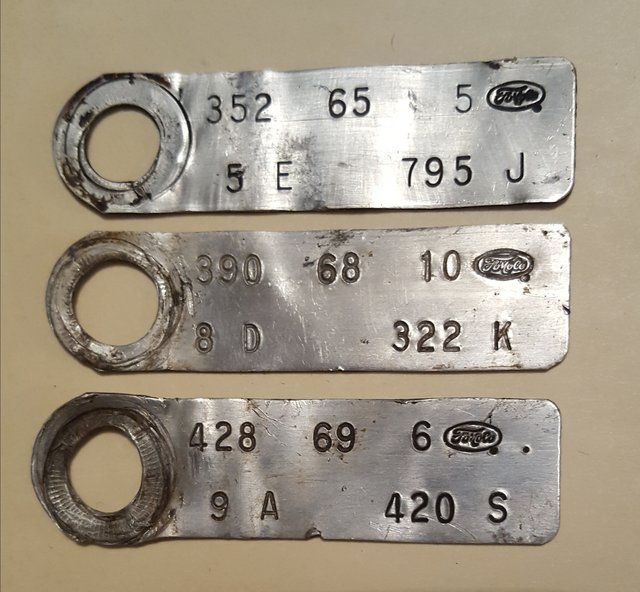




 Plus, the Mustang now has an updated ignition system. Another plus is the faint gear whirling noise at idle with the clutch out, that could be heard in the cabin is gone.
Plus, the Mustang now has an updated ignition system. Another plus is the faint gear whirling noise at idle with the clutch out, that could be heard in the cabin is gone.
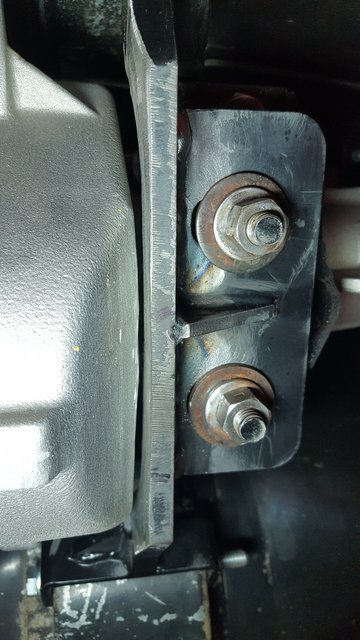
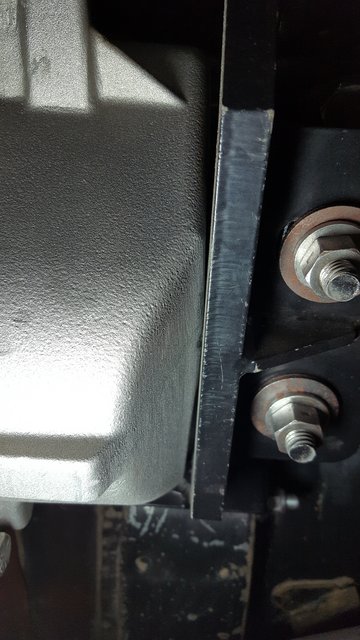

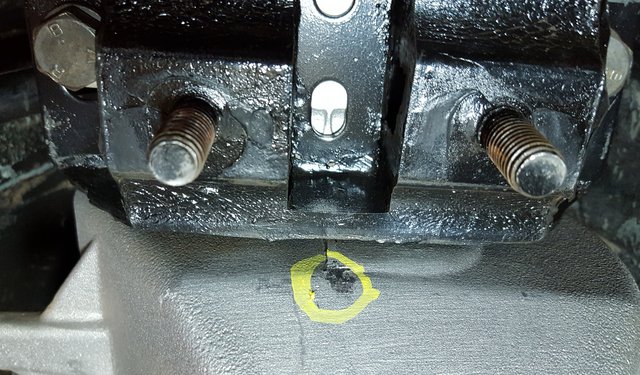
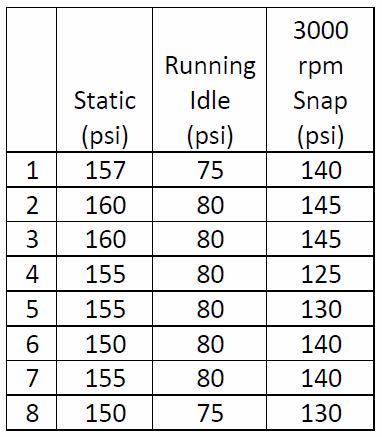
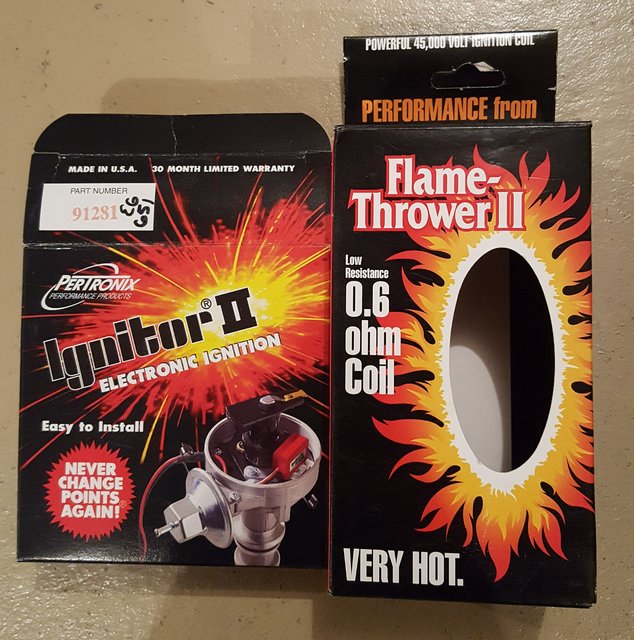

 Any problems here? Some dark speckles?
Any problems here? Some dark speckles?


